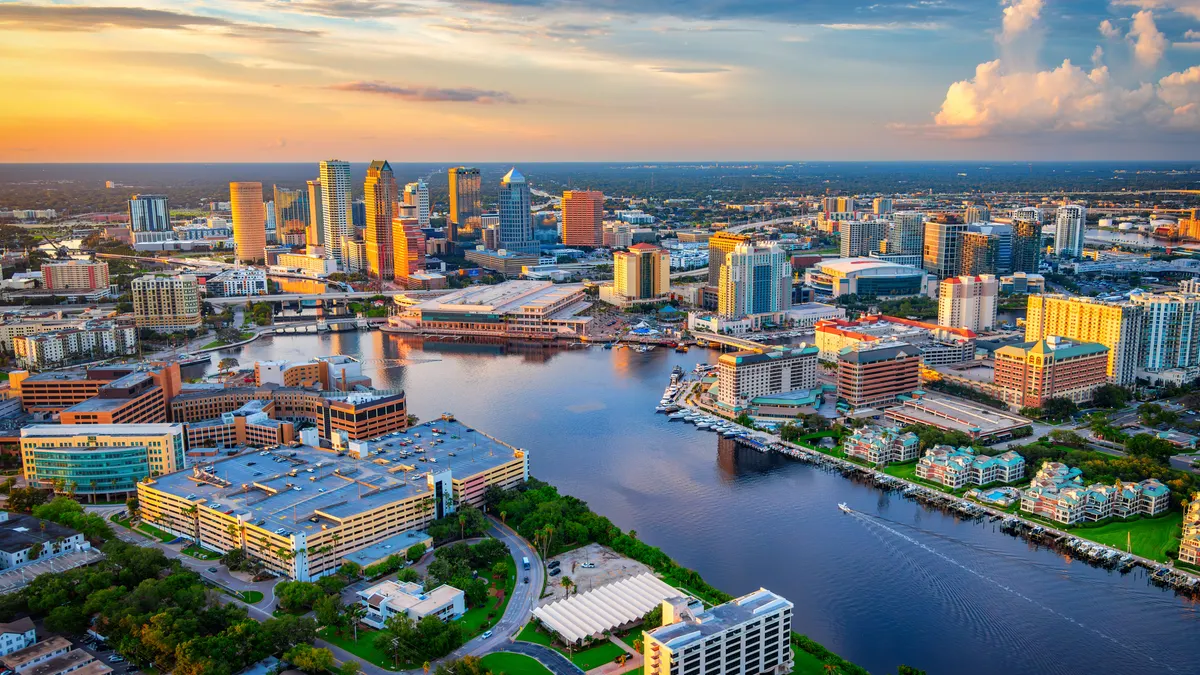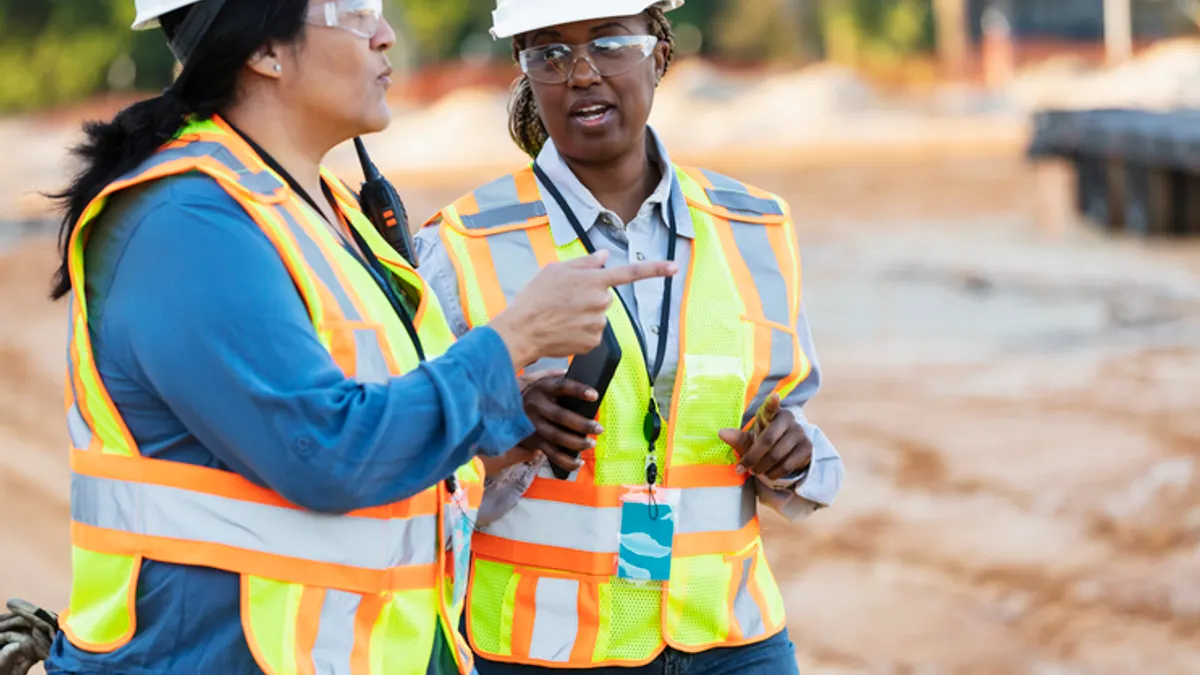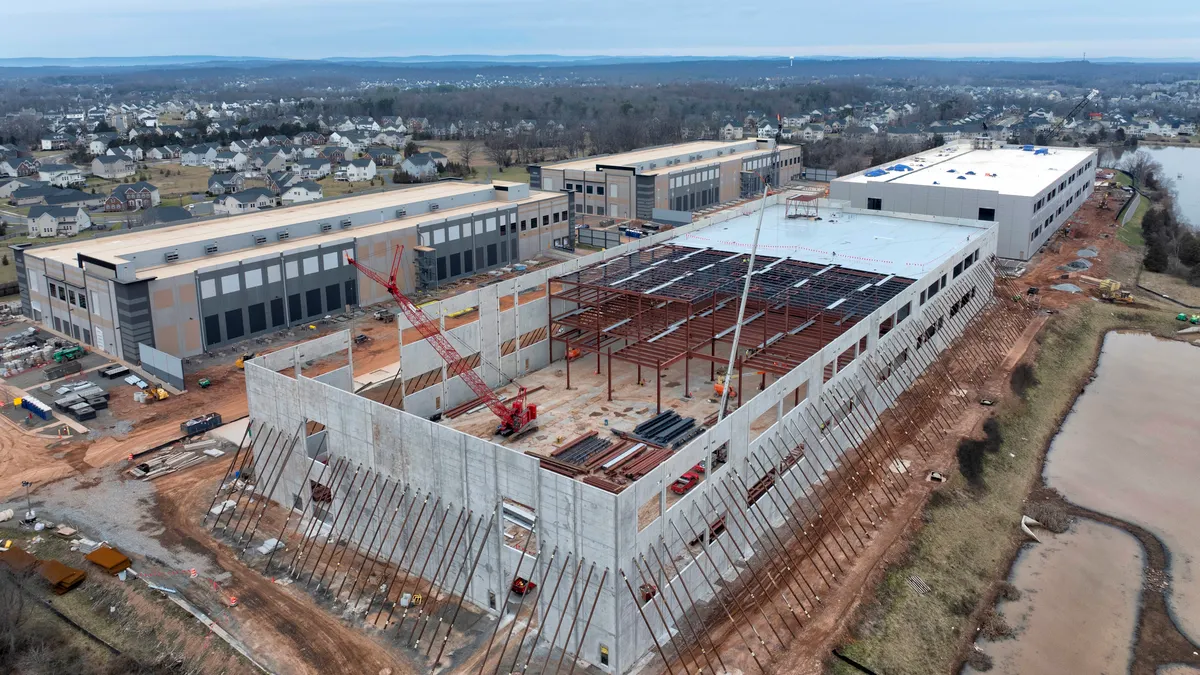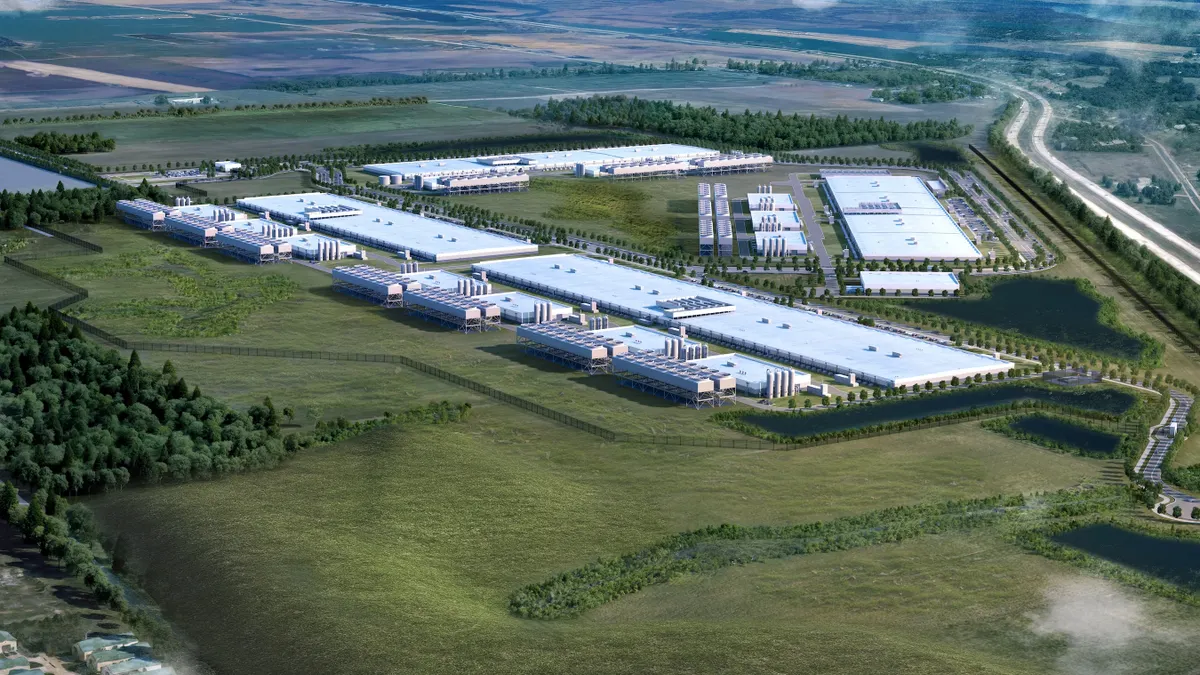Construction companies are constantly exploring the benefits of waste reduction and energy efficiency in commercial structures. Eco-conscious design and materials are leading innovations from foundations to rooftops and on every window in between. From Hydrotech’s roof garden solutions to Hubbell Wiring’s inspired electrical design, builders are re-thinking every aspect of their commercial structures to improve functionality and sustainability.
To further explore the possibilities of sustainable commercial building design, Construction Dive has compiled a list of eight green construction projects that companies are trying out.
1. Retain storm water, reduce air pollutants and improve the energy efficiency of a building by installing a roof garden.
Roof gardens offer a wide range of benefits to builders who want their structures to be eco-friendly, low maintenance and higher in value. Hydrotech’s roof garden design allows for 50-90% of storm water retention, oxygenation of the surrounding air, better noise proofing and increased thermal air resistance to reduce the need for cooling. Another important benefit of the roof garden is the creation of additional recreational space, adding both a therapeutic effect and an increase in the overall building value.
2. Generate power for a building using a built-in, renewable source of energy.
By installing a Building Integrated Photovoltaics (BIPV) system, builders can create structures that power themselves through solar energy. As described by the Whole Building Design Guide, a BIPV system consists of an alignment of photovoltaic devices (such as crystalline solar cells) on the building envelope to harness the sun’s energy. BIPV systems are a relatively inexpensive option for integrating a building with solar power since they do not require a separate structure built solely for holding the required devices.
3. Reduce window maintenance using highly stable fiberglass windows.
Accurate Dorwin manufactures windows with fiberglass material, both highly durable and easy to maintain. Fiberglass windows are built to resist extreme climates and are highly resistant to any damage caused by harsh weather. Their design also allows better retention of internal temperatures, lowering the cost of heating and cooling for the building.
4. Build paved surfaces that filter out pollutants and are easy to maintain.
BASF Construction’s Elastopave provides a solution to the problem of polluted run-off and irreparable damage on paved surfaces. Elastopave is a mixture of polyurethane and gravel that hardens into a porous surface, allowing the free flow of air, water and nutrients within the pavement. This leads to the retention and filtration of water, preventing the contamination of major waters. The material used in Elastopave also provides for a highly durable surface, both easily repaired and resistant to cracks created by tree roots.
5. Cut building generated waste with recyclable flooring.
Fusing discarded vinyl pieces into strong, multi-purpose flooring material, Oscoda Plastics offers their 100% recycled PROTECT-ALL Commercial Flooring product to reduce the amount of vinyl sent to landfills. PROTECT-ALL materials can also be sent back to Oscoda for re-manufacturing into other products.
6. Lower the number indoor pollutants at no additional HVAC cost by integrating
plants with walls.
The Breathe Living Wall, manufactured by DIRTT, is a modular wall system of mounted plants watered by an irrigation scheme from the wall’s interior. In addition to providing a natural aesthetic, the Breathe Living Wall reduces the presence of volatile organic compounds within a building by a significant amount.
7. Improve a building’s energy performance by installing a smart wiring system.
Innovative wiring methods curtail a significant amount of a building’s energy consumption, electricity bill and wastage. Hubbell Wiring Systems use electricity and space as efficiently as possible. Sensors detect a room’s occupancy and turn the lights on or off accordingly, interior lighting is automatically adjusted to balance with natural light from outside and optical fiber and copper cables increase airflow to prevent the overheating of equipment. Hubbell’s wiring design is also recyclable and easily replaced, eliminating the need to change an electrical function by building an entirely new system.
8. Conserve water by equipping bathrooms with a water reuse system.
To save the thousands of gallons of water gone to waste by flushing toilets, Sloan has engineered the AQUS water reuse system. Water from the sink is filtered, disinfected and collected in a separate tank. This purified tank water is then used for toilet flushing. Maintenance of the AQUS system is required only once a year.
Would you like to see more construction news like this in your inbox on a daily basis? Subscribe to our Construction Dive email newsletter! You may also be interested in reading our "7 green residential building projects" list.


















